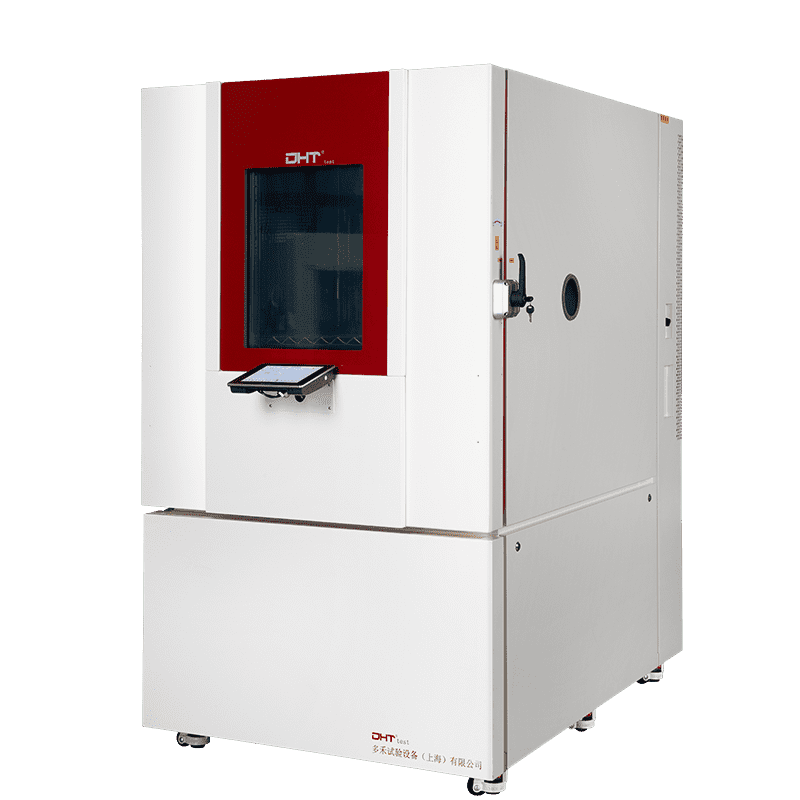I. The Engineering Cost of Neglect: From Precision Deviation to System Breakdown
-
Material Fatigue: Repeated thermal expansion and contraction of door gaskets causes microcracks. A gap >0.3 mm can lead to up to 10% thermal leakage.
-
Fluid System Degradation: Declining phase-change efficiency of refrigerants reduces thermal ramp rates. If real-world rates fall below 80% of rated values, intervention is required.
-
Control Drift: Pt100 sensor accuracy deteriorates due to accumulated metal stress. Resistance shifts exceeding ±0.15°C demand immediate calibration.
According to MIL-STD-810G, unmaintained systems can introduce deviations that mask genuine product defects.
II. Daily Maintenance: Your First Line of Defense Against Thermal Instability
-
Pre-Run Checklist
-
Power Supply Quality: Ensure three-phase voltage imbalance ≤2%, per IEEE 1159.
-
Coolant Pressure: For LN2-assisted systems, maintain 0.75 ± 0.05 MPa to prevent phase instability.
-
Water Quality: Use deionized water with resistivity ≥1 MΩ·cm to prevent scale buildup in electrode humidifiers.
-
-
Real-Time Monitoring
-
Temperature Ramping: Log the actual ramp curve from -40°C to +85°C and compare it to historical baselines.
-
Acoustic and Vibration Analysis: Use portable FFT analyzers to detect compressor anomalies, focusing on 2–4 kHz high-frequency components.
-
III. Monthly Maintenance: Targeted Interventions to Control Degradation
-
Heat Exchange System Diagnostics
-
Condenser Cleanliness: A 15% rise in static pressure across fins requires nitrogen purging. Maintain airflow ≥300 CFM.
-
Refrigerant Piping: Use infrared thermal imaging to identify ΔT >5K between evaporator and condenser surfaces, signaling potential blockages or leaks.
-
-
Sensor and Control System Verification
-
Sensor Calibration: Perform three-point reference calibration at -55°C, 0°C, and 125°C. Control tolerance within IEC 60751 Class AA limits.
-
Control Accuracy Test: Execute a step change from +25°C to -40°C. Confirm PID overshoot remains below 1.5%.
-
-
Seal Integrity Checks
-
Door Seal Compression: Use 0.1 mm feeler gauges to test multiple points. Replace gaskets if leakage exceeds 5 m³/h.
-
Hinge Preload Inspection: Use torque wrenches to ensure locking force ≥15 N·m to prevent deformation-induced leakage.
-
IV. Annual Overhaul: Modeling Wear and Proactively Replacing Components
-
Preventive Replacement Based on MTBF
-
Humidity Electrodes: After 2,000 operating hours, corrosion typically reduces humidification efficiency.
-
Compressor Starters: After 100,000 on/off cycles, insulation breakdown of windings becomes likely.
-
Solid-State Relays: Contact resistance increases after 500,000 cycles, leading to temperature regulation errors.
-
-
System-Level Precision Restoration
-
Conduct 9-point temperature uniformity mapping, traceable to NIST standards (per AMS2750E protocol).
-
Validate ramp rate linearity within ±10% across the -40°C to +85°C range.
-
-
Safety Barrier Reinforcement
-
Electrical Safety: Ground resistance should be <0.1Ω, as required by IEC 61010-1.
-
Structural Integrity: Use laser displacement sensors to detect cabinet deformation. Reinforce structure if displacement exceeds 2 mm.
-
V. From SOPs to a Culture of Reliability
-
Digital Maintenance Logs: Bind RFID tags to automatically log all maintenance events for ISO 17025 compliance.
-
Personnel Competency Matrix: Require operators to complete ISTA-certified maintenance courses.
-
Predictive Maintenance Integration: Use vibration and current signature trends to set three-tiered warning thresholds.
Conclusion: Maintenance Is the Foundation of Accuracy
FAQ
Why is lifecycle maintenance important for Rapid Temperature Change Test Chambers?
Without structured maintenance, chambers may lose up to 40% of critical performance within three years, leading to accuracy drift, higher costs, and potential masking of real product defects.
What are the key daily and monthly maintenance tasks for these chambers?
Daily tasks include checking power supply quality, coolant pressure, and water purity, as well as monitoring ramping curves and vibrations. Monthly tasks focus on condenser cleaning, refrigerant piping inspection, sensor calibration, and door seal integrity checks.
How often should components be replaced to ensure long-term reliability?
Preventive replacement is recommended annually: humidity electrodes after 2,000 hours, compressor starters after 100,000 cycles, and solid-state relays after 500,000 cycles, along with system-level precision validation.


